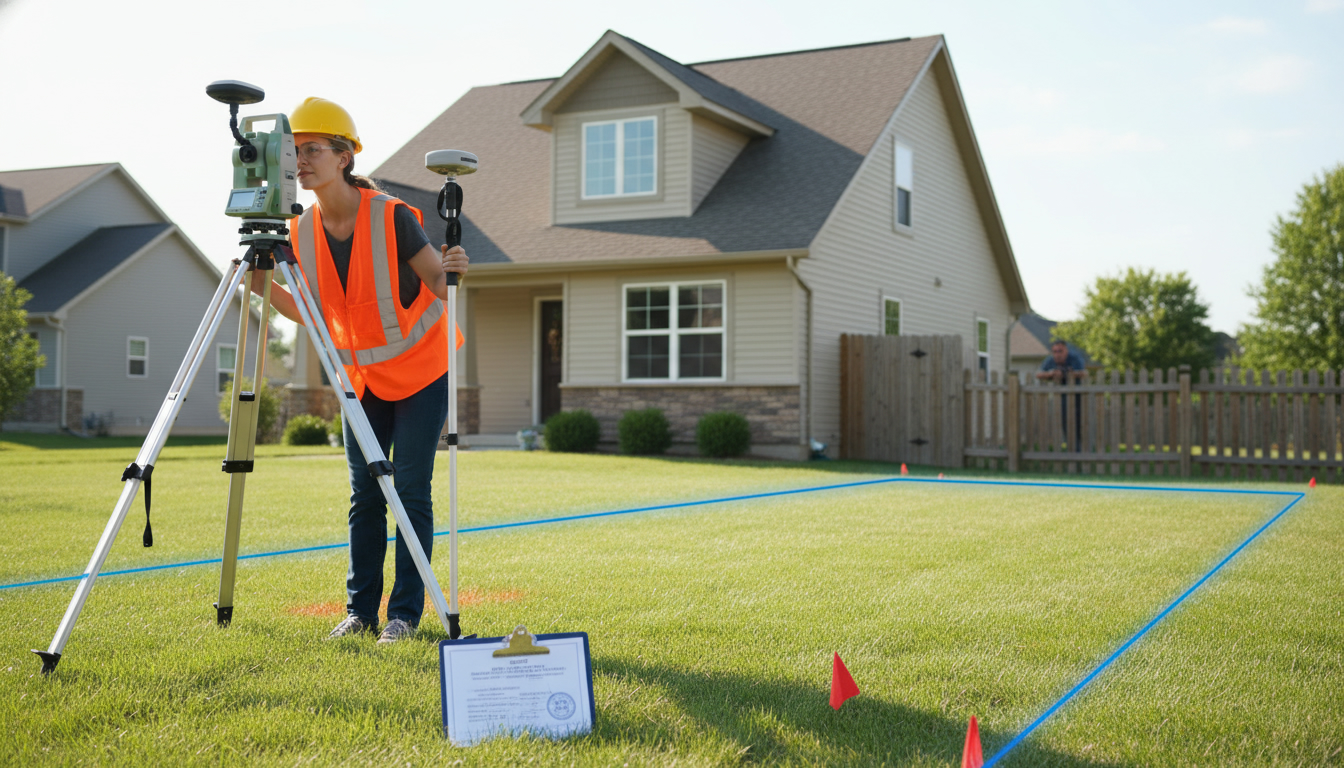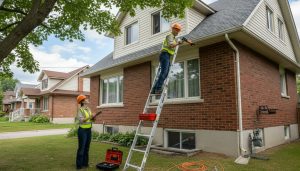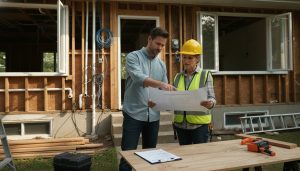How do I verify property boundaries?
Worried your fence is on the wrong lot? Here’s exactly how to verify property boundaries and stop disputes before they start.
Why verifying property boundaries matters
A wrong boundary can cost thousands, stall a sale, or lead to a neighbor fight. Verifying property boundaries protects your investment, clarifies legal rights, and removes uncertainty when buying, selling, renovating, or installing fences and driveways.
Step-by-step checklist to verify property boundaries
- Gather your documents
- Deed and current title document
- Any existing survey or plot plan
- Mortgage or closing documents
These show the legal description and dimensions of your parcel — the baseline for verification.
- Search public records
- Visit your local land registry or municipal records office
- Pull title history and registered plans
- Look for easements, rights-of-way, or historical adjustments
Public records confirm what’s officially recorded against the property.
- Review the survey (if available)
- Check monument locations, bearings, and distances
- Compare the survey to the deed description
A certified survey is the most reliable legal document for boundaries.
- Hire a licensed land surveyor when needed
- If there’s no survey, the description is vague, or a dispute exists, get a new boundary survey
- Expect a professional site visit, precise measurements, and a stamped survey plan
Surveyors use GPS, total stations, and legal descriptions to set exact lines.
- Inspect boundary markers on site
- Look for iron pins, concrete monuments, fences, hedges, or stakes
- Don’t assume fences equal boundaries — natural features shift and fences can be misplaced
Confirm markers against the survey.
- Resolve discrepancies legally
- If markers don’t match documents, engage a surveyor to prepare a boundary report
- Use title insurance, negotiate a boundary agreement, or seek mediation
- In small claims or court, a stamped survey often decides the outcome

What to expect: cost, time, and deliverables
- Cost: simple records search = low cost; full boundary survey = varies (commonly several hundred to a few thousand dollars depending on lot size and complexity).
- Time: records search or review = days; survey fieldwork and final plan = 1–4 weeks typically.
- Deliverables: stamped survey plan, digital files, and a written boundary certificate.
Red flags that demand immediate action
- Conflicting surveys or missing monuments
- Recent boundary alterations (fence moved, fill added)
- Disagreements with neighbors over access or encroachment
- Unregistered easements or unclear legal descriptions
Final word — act decisively
Don’t guess. Use documents first, then confirm with a licensed surveyor. That sequence protects your title and reduces cost. For local expertise and fast, reliable guidance, contact Tony Sousa. He is a local realtor who knows the records, works with top surveyors, and will help you get the right answers quickly.
Contact: Tony Sousa — tony@sousasells.ca | 416-477-2620 | https://www.sousasells.ca
Keywords: verify property boundaries, property boundary survey, land surveyor, property lines, title search, deed, boundary markers, boundary dispute, land registry, plot plan





















